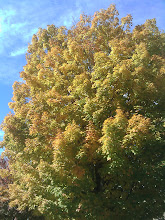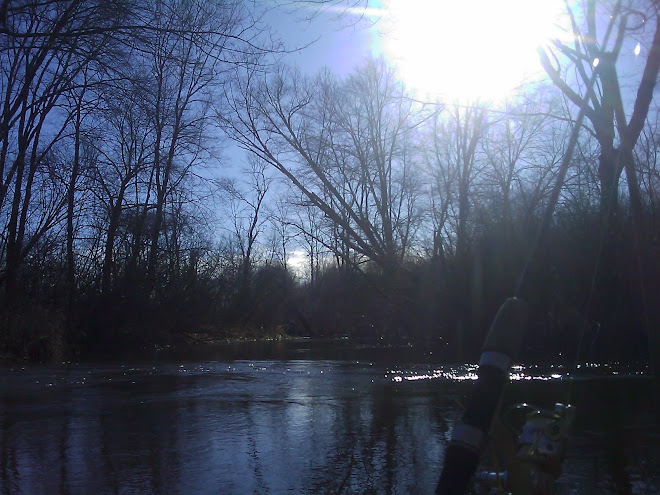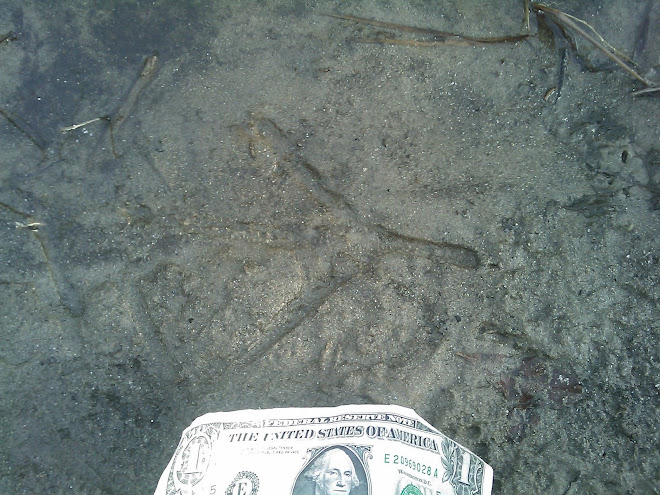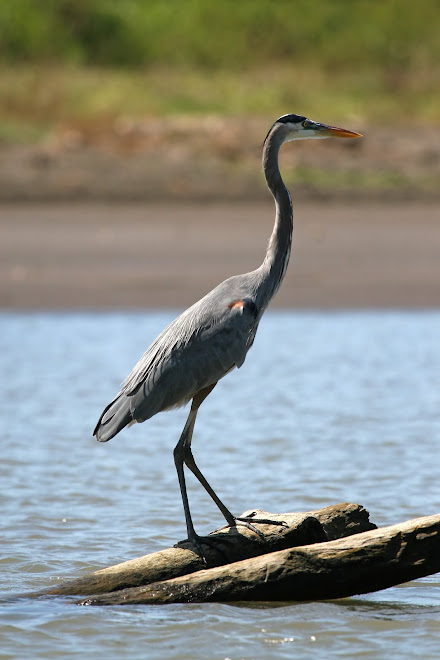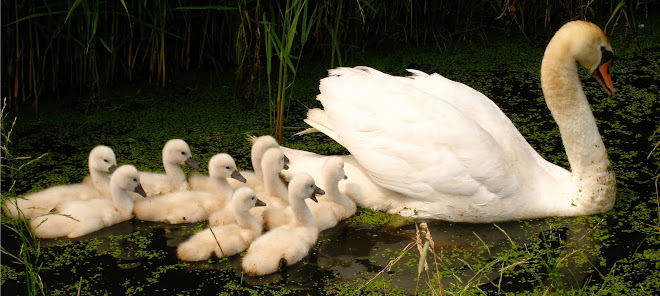
This looks to be a very young bass. It is hard to determine whether its small or large-mouth for 2 reasons. Adult small-mouth bass have no dark band along the side but there is a noticable dark band in juveniles. In Large-mouth bass juveniles the band is present but less developed and the mouth is smaller (which makes it look more like a small-mouth). The dorsal fin is not fully visible, if it is not the characteristic two part Bass dorsal fin, could be a minnow (not likely).













































